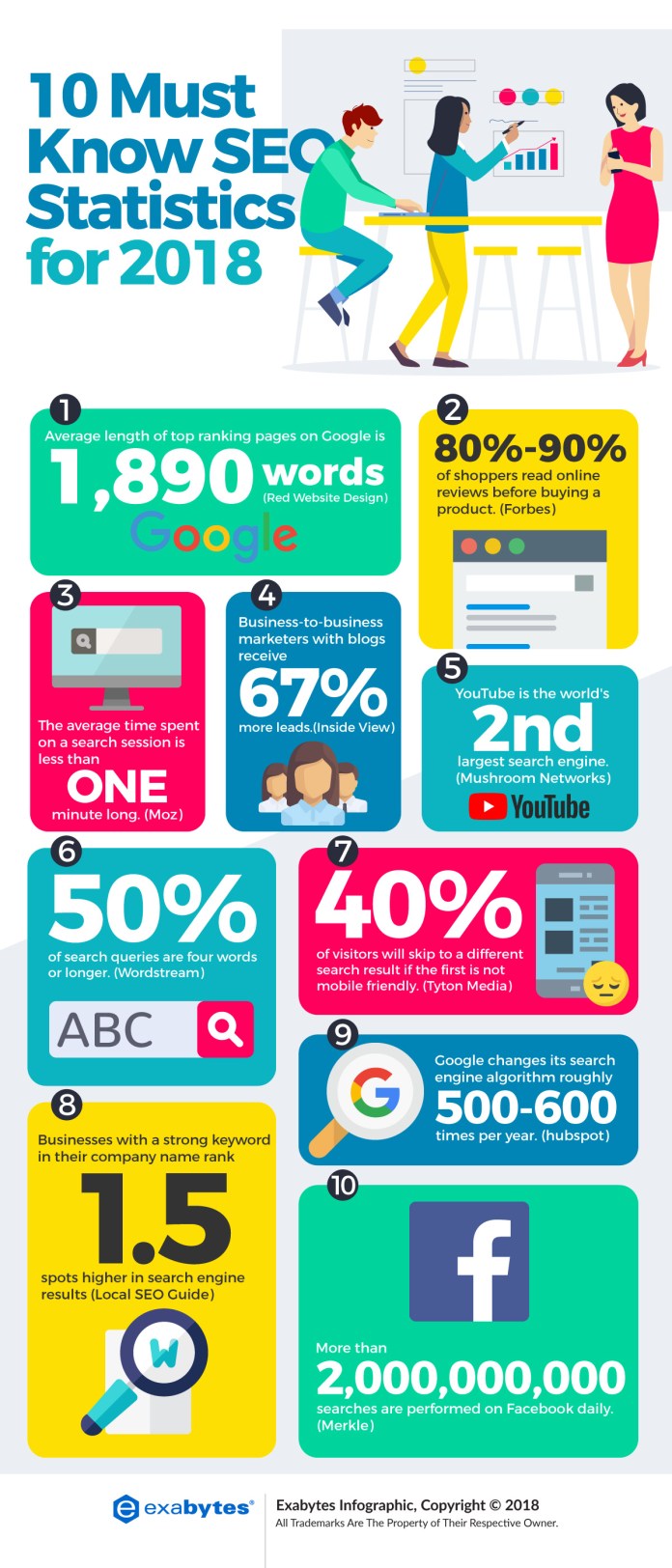
A blog post needs images to convey ideas and convey information. To find these images, you can check out a number of resources. PicJumbo is one of these sites. You can create your images yourself or use one that you have found online. These are some handy tools. Listed below are some tips for choosing and using images for your blog posts. Read on to learn more! It is important to add images to your blog to make it professional.
Flickr
Flickr images are a great way to tap into the power of the open community. In April 2013, more than one million people visited the site each month. The website's user-generated content can be a valuable tool for engaging your target audience and improving your market position. By using Flickr images, you can also add a visual element to your posts. Follow these steps to incorporate Flickr images into your posts.
Make sure you choose the right size photo. Pick a size to fit the width of your blog post. In the size drop-down, select "Medium 500". Copy the URL of the image. Continue with steps 1-3 as necessary. If you have multiple photos you can skip steps 2 through 3. If you have a blog that contains multiple images, select the largest size possible and repeat the process.

Depositphotos
Depositphotos offers a solution to many problems that can arise from the inclusion of photos and videos on blogs. Bloggers will need videos and images to share their posts. Google, however, does not permit bloggers to post free content. Depositphotos gives you the ability to own your content without worrying about legal issues. Depositphotos is able to help you find the right images for any content you may need, such as images for a post on your blog or an eBook cover.
Depositphotos provides free creative tools, such as Image Upscaler, Background Remover and Search by Image. The website also has a blog and Free Files section. Users can search the library to find photos. They can also view, edit, filter, and refresh search results. This feature will help you stand out among the rest of your blog's content. Depositphotos makes it easy for creatives to get paid for their work. It's a great place to display your work.
Pixabay
Pixabay has a lot of free images you can use for your blog and website. You can find over 1.3million royalty-free photos, videos and images on Pixabay. All of them are available under the Creative Commons license. This is a great site for sharing these images with others. Pixabay's plugins for Word & PowerPoint will allow you to easily find images of your interest.
A search in their library is another great option to incorporate Pixabay images into your blog posts. It has more than 1 million photos, and it is updated every day. This database offers a variety of free images, including illustrations, vectors, and videos. You can search by keyword and filter by size, color, and more to find exactly what you're looking for. PicJumbo has a 1000s of free images that can be used for blog posts. All images are free of charge and come with no watermark.

PicJumbo
Picjumbo is a great place to look for stock images for your blog posts. The site features over 6,000 premium stock photos and 100 photo collections, as well as free ones. Picjumbo has no watermark, unlike other stock photo sites. It is therefore perfect for commercial usage. Picjumbo is home to an enormous library that grows every month, adding over 50 new photos each month.
You can use picjumbo images on all types of blogs, including business, technology, architecture, sports, abstract, nature, and fashion. The website allows you to search for keywords and browse through its extensive library of photos. Picjumbo provides many images that are relevant to food blogs. Picjumbo photos are free of royalty and can be used on any platform. You can also use photos from your own collection.
FAQ
What are the different SEO strategies?
Search engine optimization (SEO), search media optimization (SMO), as well as pay-per click advertising (PPC) are all examples of different SEO strategies.
SEO allows you to optimize content for specific keywords by using text formatting and HTML code.
This allows you to rank higher in search results.
Social media optimization (SMO), in contrast, involves optimizing your site for social networks like Twitter and Facebook.
These help build your brand reputation online, making visitors more likely to visit your site when searching for related topics.
Lastly, PPC ads appear at the top of search results pages, showing relevant products and services.
Google paid search advertisements are the most well-known type of PPC advertisement. These are very cost-effective, but they can also be expensive.
There are many other types of PPC advertising, including video ads, display ads and sponsored posts.
Why would an SEO strategy be necessary?
A good SEO strategy ensures you're not missing out on any opportunities to grow your business. If you don't rank higher in search results, it doesn't make sense to have great content that no one ever finds.
SEO strategies are a great way to build relationships with people and experts in your industry. With their connections and knowledge, you can learn new techniques and tricks to beat your competitors.
How often should SEO be performed?
You don't necessarily have to carry out SEO campaigns every day if you manage your links correctly. But, if you neglect to maintain your links and rely solely upon organic traffic, you might lose out on potential clients.
For small businesses, it is recommended to update your SEO every month. For larger companies, quarterly SEO updates may be necessary.
How do you start SEO on your website?
Knowing what someone is looking for when they search for your company name, products or other information on search engines like Google is the first step in achieving a Google ranking. This guide will teach you how to write high-ranking content on Google. You should also check out our other guides on content marketing.
To start, you'll want to create a plan and think about what kind of keywords you want to target. There are two types, broad keywords (like "digital Marketing") and specific keywords (like "seo".
Next, decide on goals such as increasing brand awareness or driving leads.
Once you have defined your goals, it's time to begin writing content. Here are some SEO tips.
Once you've written your content, it's time for it to be published to your blog or website. This might mean updating your existing pages if you own a website. If you do not have a website you can hire a web designer to create one.
After publishing your content, link to it from relevant websites and blogs. This will increase your content's visibility and allow it to be seen more widely.
Is My Website Located Where?
Your website needs to be found at the top results page of search results. It must appear at the top or near every search result. However, some searches may have hundreds of pages. How can you stand out against these competitors with your website?
SEO still considers link building relevant.
Link building will always be necessary, but how you approach it now is different from how people did it 10 years ago. Businesses today face the greatest challenge in finding customers and selling. Search engine optimization helps with this.
Social media is essential for business today. Also, content marketing strategies are crucial. Google penalizes websites with too much backlinks, so link building seems less effective. This is because linking to multiple sites can lead to Google penalizing you.
These factors show that link building has lost its value in ranking your site.
Statistics
- Deleting those 10k pages is one of the main reasons that he improved his site's organic traffic by nearly 90%: (backlinko.com)
- These guides are designed and coded 100% from scratch using WordPress. (backlinko.com)
- Sean isn't alone… Blogger James Pearson recently axed hundreds of blog posts from his site… and his organic traffic increased by 30%: (backlinko.com)
- And 90%+ of these backlinks cite a specific stat from my post: (backlinko.com)
- 93%of online experiences today begin on search engines. (marketinginsidergroup.com)
External Links
How To
How do I create my first blog?
It's simple! WordPress is an excellent tool for creating a blog. WordPress allows users to easily modify the look of their blogs, including adding themes, changing colors and customizing the layout. They can also create plugins that will automatically alter certain aspects of the website according to visitor activity.
Many free templates are available to download from wordpress.org and premium templates that cost money. Premium templates offer additional features like extra pages and plugins as well as advanced security.
Once you have downloaded your template you will need a free account to upload your files, and then to manage your blog. Many hosting companies offer free accounts. However there are limitations to how much space you can have, how many domains your site can host, and how often you can send emails.
If you wish to use more than one domain, you will need to purchase additional email addresses. This service is offered by some hosts at a monthly charge.
If you're new to blogging, you may wonder why anyone would pay to have a blog hosted online. The majority of hosts offer unlimited storage so files aren't deleted even if accidentally deleted.
Many hosts allow users to host multiple domains. This means you can have multiple sites with the same hosting package. It is possible to avoid multiple email accounts by registering for one interface, allowing you to manage all of your sites from the same place.
Some hosts include social media sharing buttons on their dashboards, allowing visitors to share posts across the internet quickly and easily.
You can usually manage your blog through the tools offered by hosting providers. You can view the performance stats of your website, see how many people visited each post, and compare your traffic with other blogs.
These tools can make managing your blog easier and faster, so they're worth checking out before you choose a hosting plan.
To sum up:
-
You can choose a topic related to your business.
-
Create engaging content;
-
Optimize your site using SEO techniques;
-
Promote your site using social media channels;
-
Regularly review your statistics in order to make changes if needed.
-
Keep your blog updated regularly, last but not least.
You should create high-quality content, market it effectively, and monitor its success.